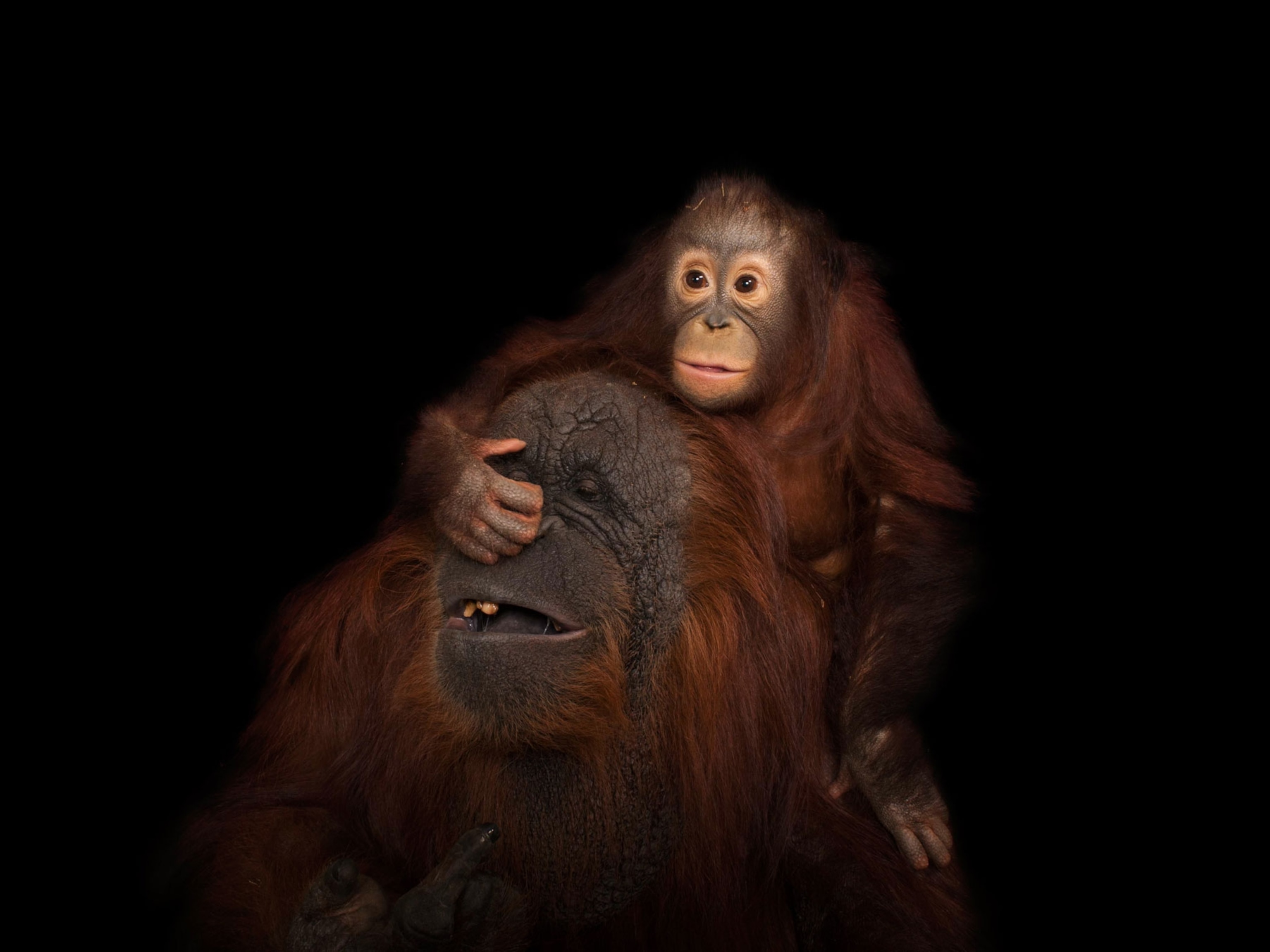Lion attacks pangolin in extremely rare video
Watch what happens when a top predator attempts to sink its teeth into an impenetrable ball of scales.
With four-inch canines and a jaw capable of generating 4,450 newtons of force, lion bites are something most animals want to avoid.
But pangolins are not most animals. Though these creatures weigh no more than 10 pounds, they are covered from head to tail in a natural armor—a network of overlapping scales made of a tough protein called keratin.
When a large predator comes calling, a pangolin need not run or try to fight back. All it has to do is curl up into a tiny, impenetrable ball.
(Lions cling to giraffe's back in risky attack)
And this is exactly what a guide with Safari Live witnessed earlier this month during a nighttime drive through Kenya’s Masai Mara National Reserve. (See our favorite lion videos.)
“When curled, there really is nowhere that the lions can get purchase with their teeth,” says Tristan Dicks, who discovered the duo with a spotlight. “That, coupled with the rain that night, made the surface far too slippery for the lions to actually do any damage.”
While this particular lion gave up after rolling the Temminck's ground pangolin around for a while with its paws, Dicks says the predators have been known to get the better of their prey on occasion. Pangolin pups, whose scales have not yet hardened, are especially vulnerable.
A rare encounter
Dicks has been a professional guide for a decade and says he’s only seen pangolins in the wild eight times. And an interaction between a lion and a pangolin? No one sees that.
“That coupled with a pride of lions in the Mara is a once in a lifetime sighting,” he says.
Pangolins are especially hard to see in part because their populations are naturally low, notes Dan Challender, chair of the International Union for Conservation of Nature’s Pangolin Specialist Group.
Due to this rarity, Challender says it’s unknown how frequently lions and pangolins interact. However there is evidence that Asiatic lions will sometimes try to prey upon Indian pangolins in Gir National Park, India. (Read how Indian pangolins are dwindling due to poaching.)
See Incredible Photographs of Big Cats
“The scales offer good protection, and pangolins will frequently leave an interaction with lions unharmed,” says Challender.
Thandiwe Mweetwa, a National Geographic Society Explorer and wildlife biologist with the Zambian Carnivore Programme, called the video a remarkable sighting.
“I spend hours and hours in the bush following lions and documenting prey selection and hunting behavior, but have never seen a lion hunting a pangolin before,” says Mweetwa.
“I think the young lion wanted to try his luck.”
Pangolins in peril
While pangolin scales clearly hold up against lion attacks rather well, there’s one predator the little tanks haven’t evolved a defense against—us.
Pangolins are considered to be the world’s most trafficked mammal, due to a belief that their scales hold medicinal properties.
All eight species, which occur across sub-Saharan Africa and Southeast Asia, are now on the IUCN’s Red List of Threatened Species. (Also see “Four Tons of 'Plastics' Discovered to Be Pangolin Scales.”)





















